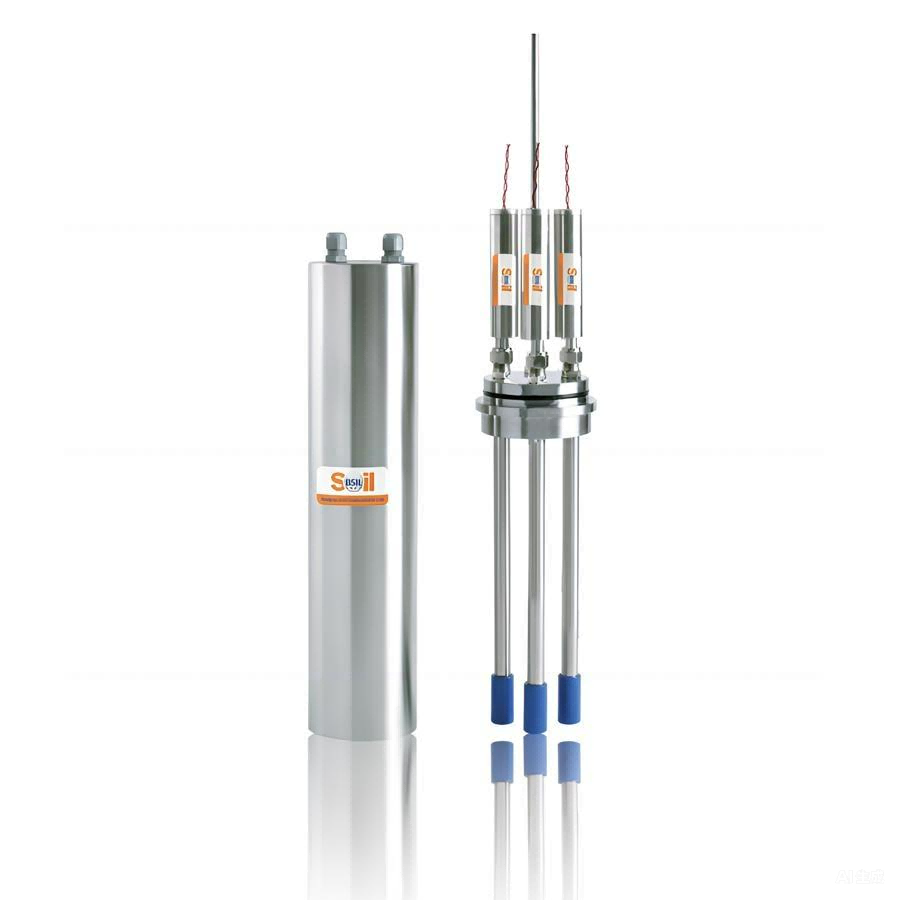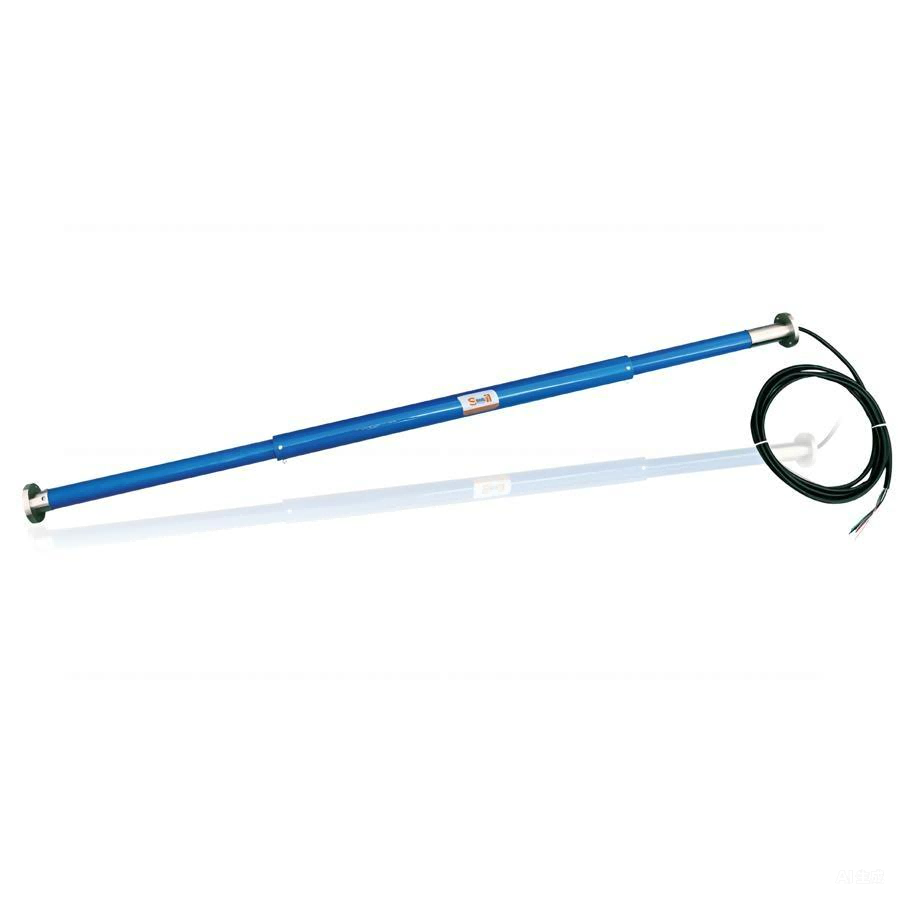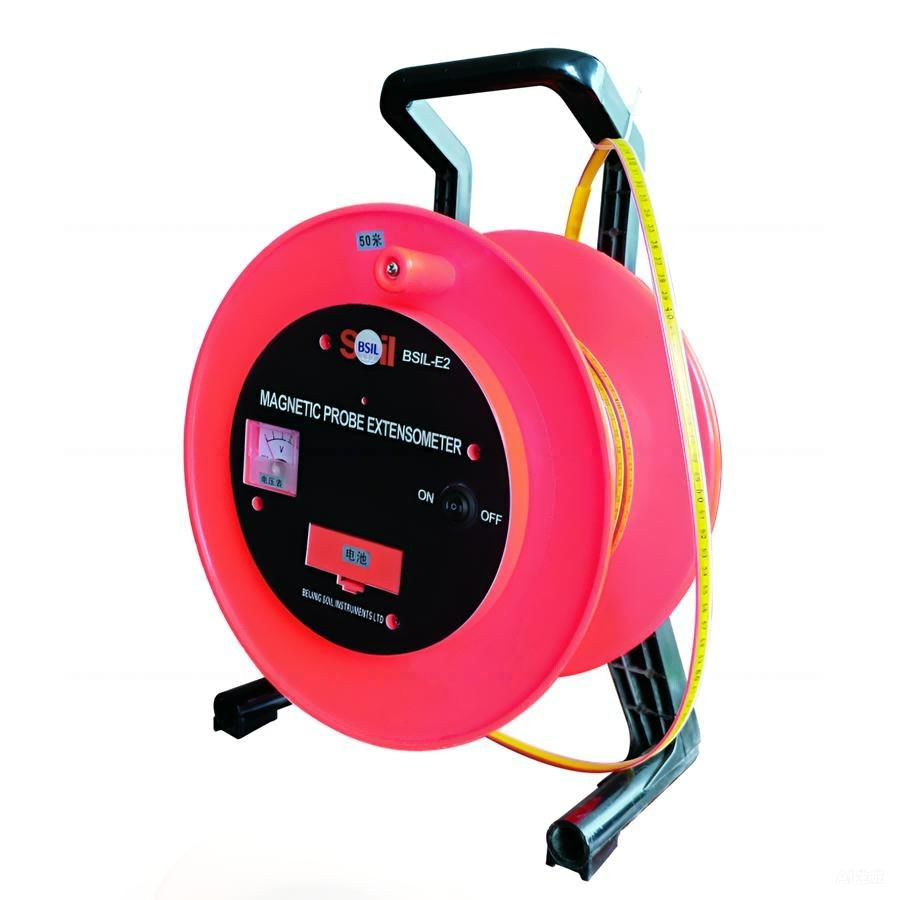Applications
The Model BSIL-E7 Vibrating Wire Soil Extensometer is designed to be installed to measure horizontal strain in earthfill or rockfill dams.
Versions are also available for the measurement of strains in boreholes and RCC dams. A chain of successive displacement transducers and anchor beams may be employed to provide a continuous profile of movement.
The Soil Extensometer is designed to be installed in trenches, excavated in the surface of the fill of an embankment dam, to measure lateral deformation as the dam is constructed, and to monitor continued deformations during operation of the dam.
Description
The Vibrating Wire Soil Extensometer measures lateral deformation of soil and rock, particularly in embankment dams and quarry or mining excavations.
A chain of successive displacement transducers and anchor beams may be employed to provide a continuous profile of movement.
Key Features
◆Accurate, long-term stability
◆Long working life, long-term stability and reliability
◆Suitable for manual or remote monitoring
◆Waterproof
◆Integral thermistor
Main Specifications
Model: BSIL-E7
Range :12.5, 25, 50, 100, 150, 200mm
Resolution :0.025% F.S.
Accuracy: ±0.1% F.S.
Temperature Range :-20 to + 80°C
Standard Gauge Length: 1 meter
Operation
The Model BSIL-E7 Vibrating Wire Soil Extensometer has flanges on either end which enable a series of extensometers to be bolted together forming long strings of sensors so that complete profiles of deformation can be monitored.
Each extensometer contains a Vibrating Wire Displacement Transducer which converts extensions between flanges into an electrical signal.
As lateral movement occurs, the distance between the VW transducer and the anchor is changed. This causes a change of frequency in the VW transducer; the change is measured and can be converted to give the displacement in millimetres.



